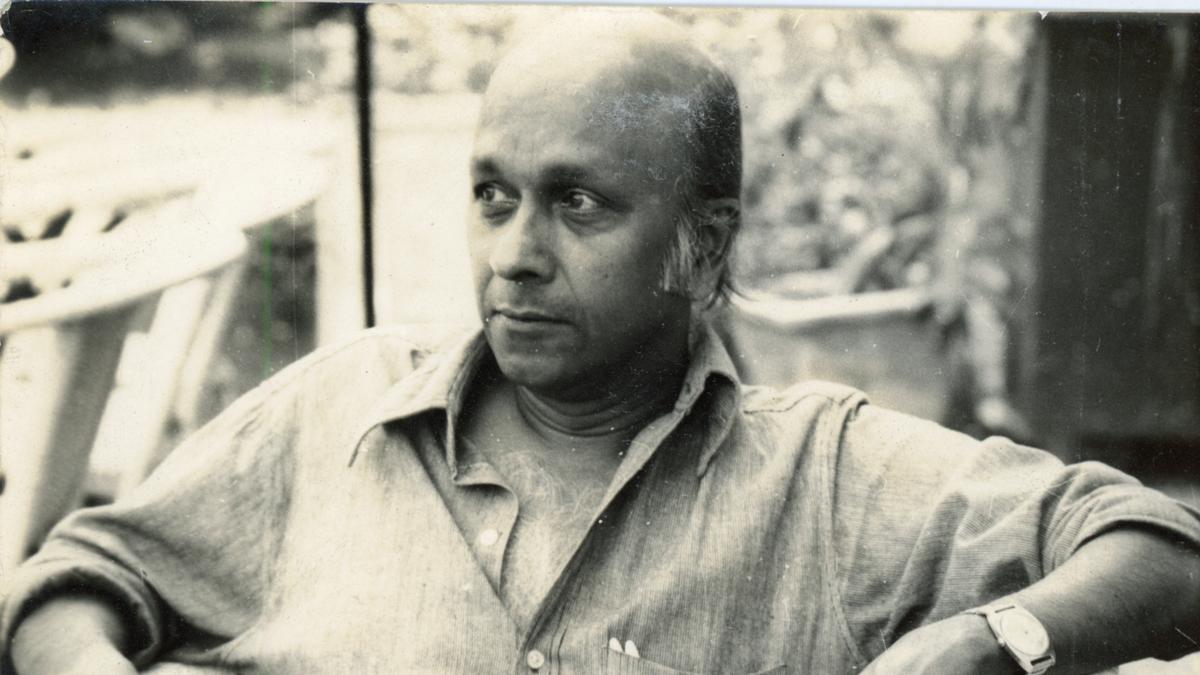
A view from the ringside with cartoonist Abu Abraham
The Hindu
Abu’s World, an exhibition of works by political cartoonist Abu Abraham, will be on display in Bengaluru this weekend
Abu Abraham was born on June 11, 1924, and his career as a cartoonist progressed alongside India’s as a nation. Having worked with foreign and Indian publications during a career that spanned six decades, Abu was uniquely placed to chronicle events as they unfolded in a world that was rebuilding itself post colonialism.
“Since this is the centenary year of his birth, we thought it would be great to bring his cartoons out again — to be revisited by people who knew him and serve as an introduction to those who didn’t,” says Ayisha Abraham, his Bengaluru-based daughter who curated the show.
“I have been housing his work ever since he passed away in 2002. Abu kept everything that he drew, including the rough drafts and would insist editors return his sketches after they were published. He knew the value of original artwork.”
“Though we have done exhibitions in the past, this one is unique because we will be displaying a lot of work that has not been seen previously, especially those from the early years. It also traces his evolution as an artist and as a person. Viewers can also see the corrections he has made on his drafts,” she adds.
The exhibition has both a personal voice and a national one with historian Janaki Nair penning texts about the socio-political climate of the time. “He always donned the hat of a journalist, but his tool and his word of communication was his drawings,” says Ayisha.
“He sketched all the prominent people of his time. It was an era when political cartoons played an important role in newspapers, by making a comment which was a visual analysis of sorts which could be accessed by more people.”
While a photograph captures a fleeting moment for posterity, an illustration not only depicts an expression, but also its underlying sentiment. Abu was an avid reader and traveller, who could capture the petulance of the leader or their smugness or stubborness with clean strokes of his pen.













